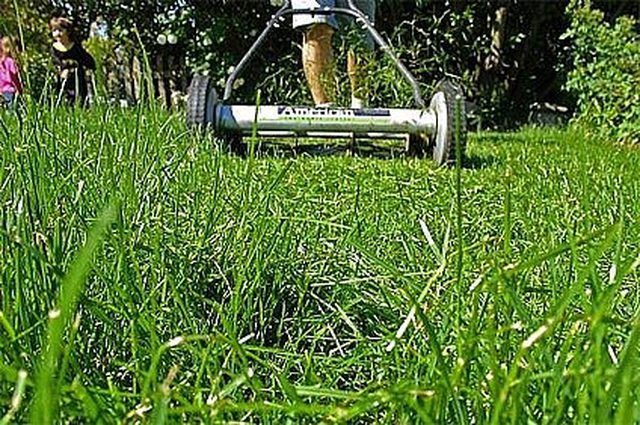Bulbs
Flower Basics
Flower Beds & Specialty Gardens
Flower Garden
Garden Furniture
Garden Gnomes
Garden Seeds
Garden Sheds
Garden Statues
Garden Tools & Supplies
Gardening Basics
Green & Organic
Groundcovers & Vines
Growing Annuals
Growing Basil
Growing Beans
Growing Berries
Growing Blueberries
Growing Cactus
Growing Corn
Growing Cotton
Growing Edibles
Growing Flowers
Growing Garlic
Growing Grapes
Growing Grass
Growing Herbs
Growing Jasmine
Growing Mint
Growing Mushrooms
Orchids
Growing Peanuts
Growing Perennials
Growing Plants
Growing Rosemary
Growing Roses
Growing Strawberries
Growing Sunflowers
Growing Thyme
Growing Tomatoes
Growing Tulips
Growing Vegetables
Herb Basics
Herb Garden
Indoor Growing
Landscaping Basics
Landscaping Patios
Landscaping Plants
Landscaping Shrubs
Landscaping Trees
Landscaping Walks & Pathways
Lawn Basics
Lawn Maintenance
Lawn Mowers
Lawn Ornaments
Lawn Planting
Lawn Tools
Outdoor Growing
Overall Landscape Planning
Pests, Weeds & Problems
Plant Basics
Rock Garden
Rose Garden
Shrubs
Soil
Specialty Gardens
Trees
Vegetable Garden
Yard Maintenance
How to Grow A Green Lawn Without Water
How to Grow A Green Lawn Without Water. Nothing is more symbolic of suburban social status than a lush, perfectly manicured green lawn. Yet, water is a rapidly dwindling natural resource, and, with drought affecting most of the Western United States, conserving water is paramount. Americans typically use 50% to 70% of their water for landscaping,...

Nothing is more symbolic of suburban social status than a lush, perfectly manicured green lawn. Yet, water is a rapidly dwindling natural resource, and, with drought affecting most of the Western United States, conserving water is paramount. Americans typically use 50% to 70% of their water for landscaping, meaning our lawns also add a hefty amount to the bottom line of our water bills. According to NASA, grass is the single largest irrigated crop in the United States at more than 32 million acres, but do we really need water it all? No, we don't. A waterless green lawn not only saves money, it's easy and eco-friendly. Here's how.
Things You'll Need
Grass seeds
Mulching mower (optional)
Aerator
Stop watering your lawn. It won't die-- in fact, with the right attention it will flourish.
Fertilize your lawn less frequently. Fertilized lawns need more water, so limit fertilization to the beginning and end of the growing season, and during a rainy period (but only if you absolutely have to).
Let grass grow taller so root systems extend deeper into the soil. This makes lawns hardy and more drought tolerant. Plus, it lengthens the time between mowings which means less expense and work for homeowners.
Aerate lawns in the Spring for Northern climates and in the Fall for warmer climates to encourage deeper grass roots for improved drought resistance. Aerators can be inexpensively rented from home improvements stores such as Lowe's or Home Depot. They are similar to a lawn mower in use and easy to operate.
Seed grass that turns yellow with a drought tolerant seed mix. Don't rejuvenate thirsty grass, replace it instead. (See Resources for link.)
Use a mulching mower as mulching a lawn limits water evaporation from the soil. Alternatively, gather grass clippings and evenly distribute them on the lawn after mowing. Mulching also improves CO2 absorption by lawns, which reduces the amount of greenhouse gases emitted into the atmosphere.
Tips & Warnings
Consider using harvested rain water as opposed to municipal water supplies. Simply set out collection containers to catch rainfall and water the lawn as necessary.
Americans tend to over water their lawns, if you can't kick your sprinkler habit, at least seek to reduce the frequency by half.
Grass seed will need to be watered in order for it to grow and establish a good root system. Follow the directions on the package.